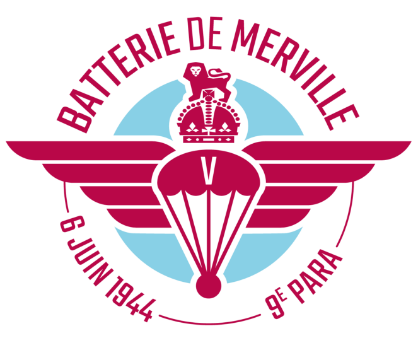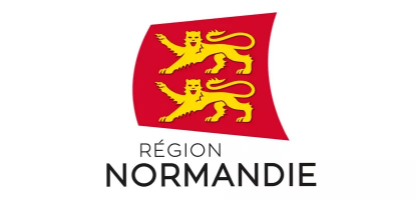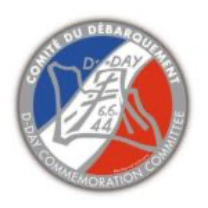The Wehrmacht In Normandy
Accueil » The Museum » The Battery » The Wehrmacht In Normandy
Opposition at the top: Rommel - Rundstedt
As Commander-in-Chief of Army Group B, Field Marshal Rommel reported directly to General Field Marshal Von Rundstedt. However, his appointment by Hitler to the post of Inspector-General of Western Defence, on 3 November 1943, reduced the authority of General Field Marshal Von Rundstedt. In fact, as Field Marshal, Erwin Rommel was directly responsible only to Hitler.
This did nothing to ease the rivalry between Rommel and Von Rundstedt, who had two radically opposed strategic visions for defending Fortress Europe.
In short, Von Rundstedt did not believe in the effectiveness of the Atlantic Wall as propagandised, while Rommel was convinced that D-Day would be the longest day and that the attackers must be driven back into the sea at all costs or the road to defeat for Germany would be opened.
General Field Marshal Von Rundstedt relied on his principles of tactical mobility and believed that a powerful counter-offensive should be mounted against the bridgehead, using its reserves held in the rear. Field Marshal Rommel considered it very dangerous to give the attackers the opportunity to establish a bridgehead. Unlike Von Rundstedt, he wanted to bring the inland forces as close to the coast as possible in order to defeat the invasion on the very beaches.
This is also what motivated him to deploy his sophisticated defence system on the Normandy beaches. In this sense, it also accelerated the Atlantic Wall construction programme.
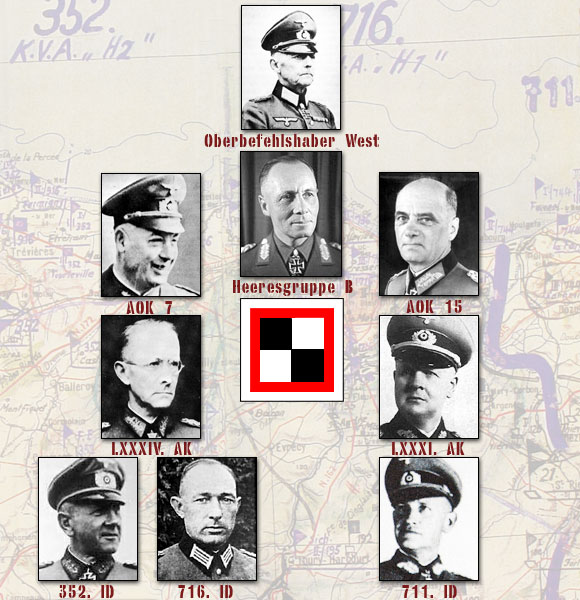
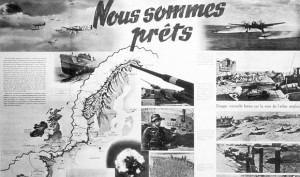
A wall to defend the Western Front
In March 1942, and especially after the success of the raid on the night of 27-28 February 1942 (organised by Lord Mountbatten’s services) on the Würzburg radar at Bruneval (Cap Antifer near Le Havre), Hitler decided to reinforce the defence system in the West. The possession of a large port was considered essential for a successful landing. And in Normandy, only the two large ports of Le Havre and Cherbourg were listed as defensive sectors. After the Bruneval raid, however, Hitler set up a colossal programme to defend the coastline. At the time, the future directives of the Atlantic Wall were taking shape, especially the need to put together a continuous line of fire on the coast and to put as many artillery weapons as possible under concrete to protect them..
This vast programme was entrusted to the Todt Organisation and the arrival of Field Marshal Rommel as Inspector-General of Western Defences in November 1943 clearly indicates the extent to which the Atlantic Wall was becoming strategic for the German High Command. Field Marshal Rommel made every effort to speed up work on the Atlantic Wall and worked tirelessly on the various traps set up in Normandy, both on the coast and inland.
He was passionate about mines, and particularly imaginative in their use.
Field Marshal’s Rommel’s arrival in Normandy
When Field Marshal Rommel inspected the defences of the Atlantic Wall, he was not satisfied!
Field Marshal Rommel, Inspector-General of Western Defences and Commander-in-Chief of Army Group B, in fact visited Merville twice.
His first visit to the Merville Battery was on 6 March 1944, and the second in May 1944. In his opinion, the work was not progressing fast enough. And the tensions between the KriegsMarine and the HeeresArmee did not help Field Marshal Rommel either.
The pressure on the Todt Organisation, and consequently on the STO, increased. The concrete was also cast at night, under floodlights.
Merville and the neighbouring towns felt the full force of Field Marshal Rommel’s determination to strengthen his defensive system as fast as possible. The increase in the number of requisitions was part of his stubborn determination to throw the attackers back into the sea at the moment when they were most vulnerable.
He had all kinds of obstacles reinforced on the beaches. Inland, he frantically planted poles, linked by barbed wire and armed with mines at the top. These are the famous ‘Rommel’s asparagus’. They were aimed at airborne troops and more specifically for gliders.
Erwin Rommel also had the marshes east of Merville flooded by a dam at the mouth of the Dives. He did the same in Cotentin Region, flooding the marshes behind Utah Beach. This trap, in Calvados, was to prove fatal for many paratroopers of the 9th Parachute Battalion.
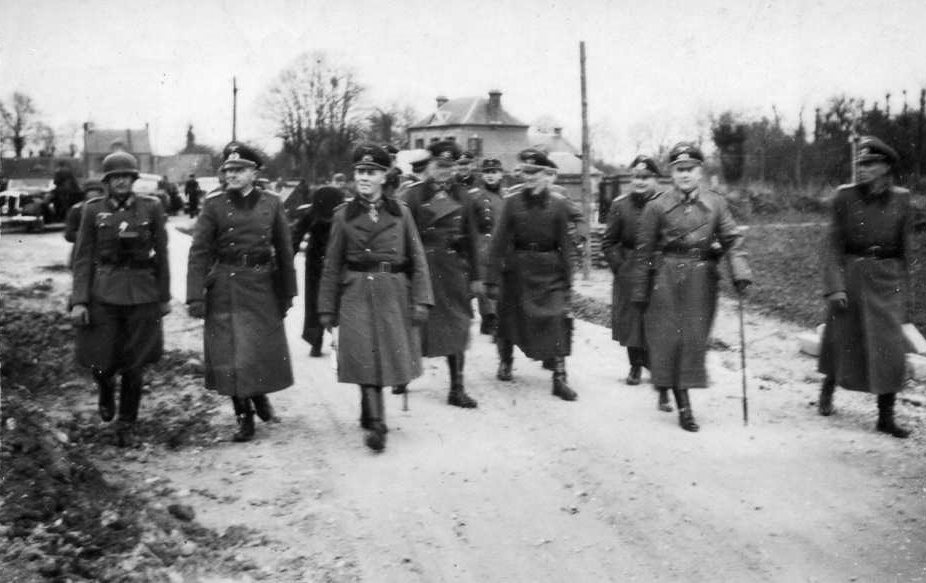
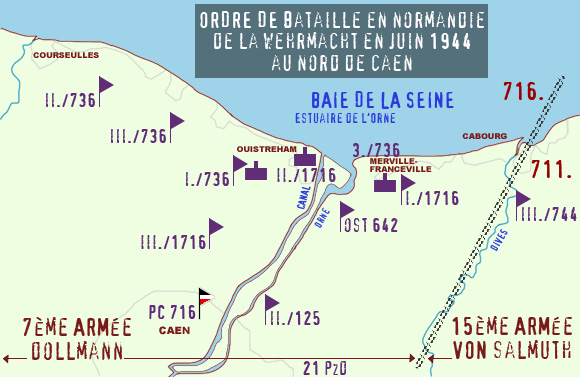
The 716. ID of Lieutenant-General Richter north of Caen.
It was mostly Lieutenant-General Richter’s 716 Infantry Division that faced the Allies who landed on Sword, Juno and Gold beaches on 6 June 1944.
The 716. Infantry-Division, in the summer of 1942, was positioned in the coastal sector of Normandy, stretching from the Vire in the west to the Dives in the east.
This Division was commanded by Lieutenant General Wilhem Richter and its Headquarters was at Caen, as shown in the diagram above.
As can be seen from the flow chart at the top of this page, the 716. ID was under the orders of LXXXIV. Armee Korps of Artillery General Erich Marcks and thus formed part of the 7th Army of Generaloberst Friedrich Dollmann.
The 716. ID positioned its two Infantry regiments on its coastal sector: specifically, the 736 Grenadier-Regiment was in the East (from the Dives to Courseulles) and the 726 Grenadier-Regiment in the West (from Courseulles to Grandcamp). The HQ of 736 Grenadier Regiment was at Colleville (the Allies named it Hillman). The 3 battalions of the 736 GR were stationed West of the Orne. Ost-Battalion 642 consisted of former Russian soldiers who had enlisted in the Wehrmacht on the Eastern Front. The Ost-Battalion was attached to the 716. ID in 1944. It then became the IV battalion of the 736 GR, with its HQ established in Amfréville.
Finally, the 716. ID also owned the 1716 Artillery Regiment (1/AR 1716).. The 1/AR 1716 was located East of the Orne: that is, in the Merville Battery. The Merville Battery Outpost was occupied by a section of 3/GR 736.
